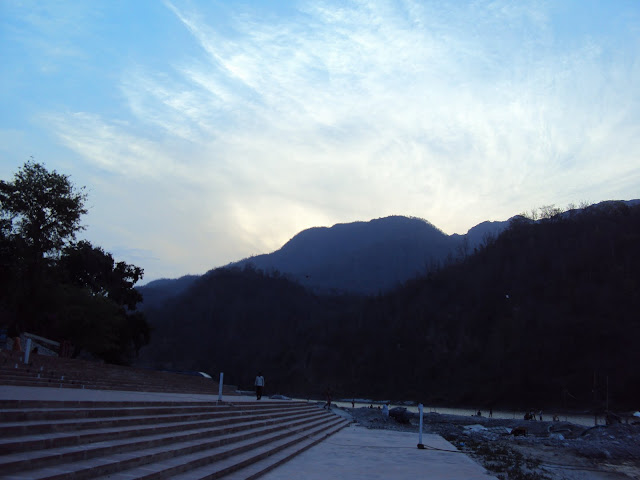The soft evening air is filled with the fluttering of the pigeons, sounds of children running around in the courtyard, giggles and murmurs from discussions...a gentle wind wafts through the place while you sit down on the sandstone courtyard floor, still warm from the day's sun. The sun gently lowers and the sky turns orange red. The wind picks up slightly and then the muezzin calls the faithful for the prayers. The atmosphere is one of pure simple joy...
The concept of the courtyard as a gathering place for people and families is best illsutrated here. The space is so vast and immense yet is held together by the collonaded verandahs all around, with the ablution pond in the centre and the huge structure of the mosque as the focus. The flying flocks of pigeons create a special ambience - settling down and flying together in groups around the space. There are scores of people - families and children of all ages. A lot have come to pray, some just to sit in the courtyard and collonades and soak up the atmosphere. Children are running around playing. There is a place where the pigeons are fed grains, flocks of birds eating...and being disturbed from their feeding by the running children. They rise up into the air as one. There are people deeply immersed in prayer, facing the Mecca. People from the surrounding bazaars come in for the evening prayers while the muezzin calls....soon the power of the place takes hold of you and you are transported into another world in another age...

The fluttering pigeons in the evening create a magical ambience

Delhi extending into the horizon

Bird's view of the courtyard

PREPARATION OF AN ARCHITECTURE PORTFOLIO
I have been receiving a lot of requests from students for details on HOW TO PREPARE A GOOD ARCHITECTURE PORTFOLIO.
Taking this into consideration, I have compiled a detailed booklet on how to create a great portfolio, which will guide you through the detailed process, including identification of materials, ideal layouts, graphics and rendering styles, text placements, photographing your models....an exhaustive list which will guide you step by step.
You can now avail this great resource for creating your best portfolio, which is essential in this highly competitive age - either to get into good firms for internships, applying for your masters or for getting that coveted job.
Get full access to 'How to prepare an Architecture Portfolio' !!!
So go ahead and mail me at ar.sujithgs@gmail.com to order today!



























